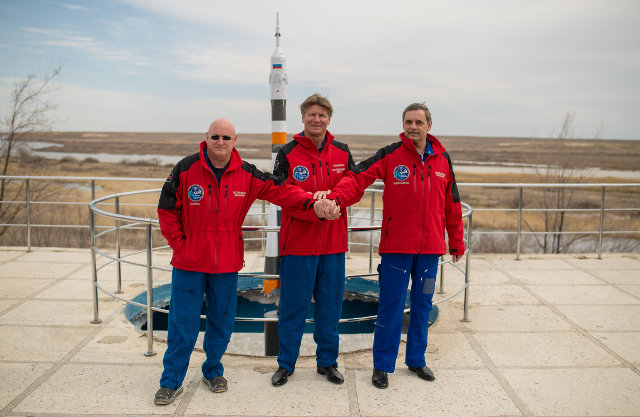
New clues about the nature of dark matter found using the Hubble and Chandra space telescopes
A combined use of the Hubble and Chandra space telescopes allowed to conduct a study of dark matter and the results were described in an article published in the journal “Science”. Currently we have no instruments to directly detect dark matter so scientists have to study it indirectly through its effects, in this case on 72 galaxy clusters to study their behavior.





